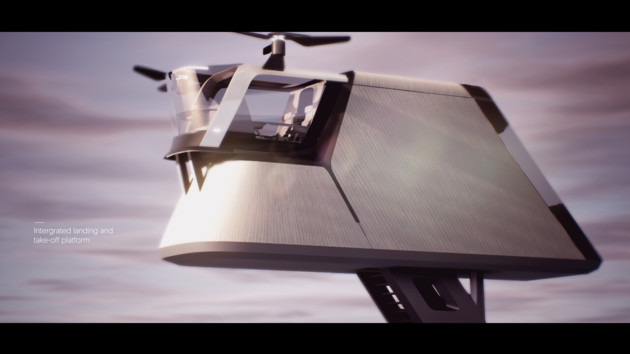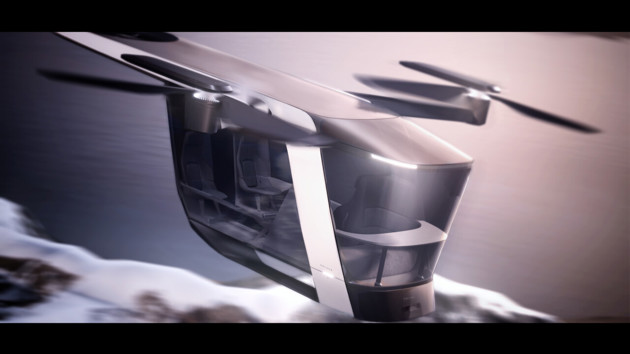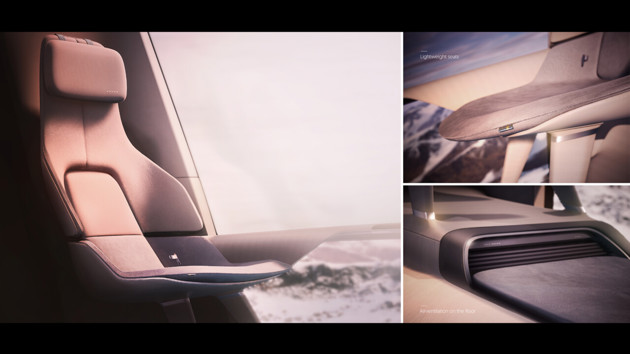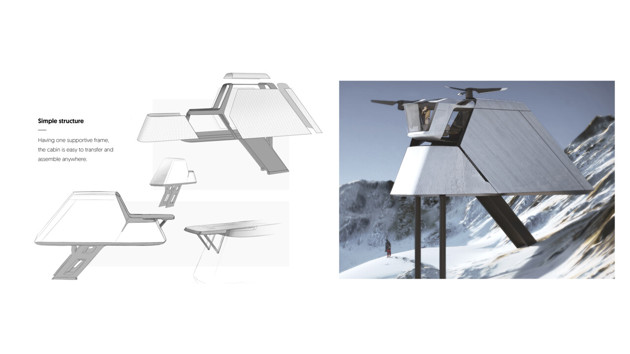The Service
Volvo Abisko
Volvo Abisko is proposing the possibility to experience the Arctic wilderness and the surrounding nature in a responsible way. The author has been hiking in the north, every time asking - what if everybody could experience this? Would it be possible to get into the wild with minimal impact on the environment? What if you wouldn’t need the expertise, the knowledge, or even the equipment to get into the pristine nature and to interact with the untouched Arctic? Volvo Abisko is representing the dream of offering this experience for a broader audience. Abisko - Ábeskovvu in the Same language - is one of the oldest national parks in Northern Sweden, which has been home to the Sami who followed herds of wilds between the forest land and the mountains. Ábeskovvu - “the forest by the great water”, where “the great water” refers to Scandinavia’s largest mountain lake Torneträsk.
There were several moral questions during the process - is it the right choice to encourage people to visit these pristine areas? If the goal is to reduce the impact on nature, is it the right choice to create a physical service in such a fragile region? During the research and process, the decision was to design something that people can physically visit. Even if the digital appliances open a lot of opportunities, such as virtual traveling by virtual reality, the author believes that the experience is ideal when the user can engage all the senses to feel the surrounding nature. The idea of proposing sustainable development through design, instead of restricting access from people to certain regions, was quiding the project during the way.
The creative process followed the boundaries set by the research, and the seamless functionality of the whole service was the priority. Analog sketching was the primary tool to discover shapes, and exploring the form in 3D helped to understand the space and to make multiple objects to work as one.
The design focus of this project is transportation as a service, which is applied to the growing Arctic tourism sector. The concept includes an electric vertical take-off vehicle (eVTOL) and a cabin, which is designed to be used with the vehicle. The vehicle enables a safe and exciting journey into the wild, letting the users observe the environment from the bird’s perspective. Eventually, the vehicle can land on the cabin, which is designed to give shelter for the users to spend time in the wild - being a base for a hiking adventure or just an attractive place to spend a night in solitude.
In collaboration with:

Volvo Abisko
Concept animation


The concept in an artic environment

The integration with the vehicle and the cabin

The vehicle docked into the cabin

The functions of the cabin

Open view from the cabin

Flying view

The seamless connection to the rear rotor

Safety features of the vehicle

The viewpoint connection with the exterior

The viewpoint in stationary use

The viewpoint couch

The passenger area

Dedicated passenger areas for flight use

The cabin - process

The vehicle - interior ideation

The vehicle - seat design process























